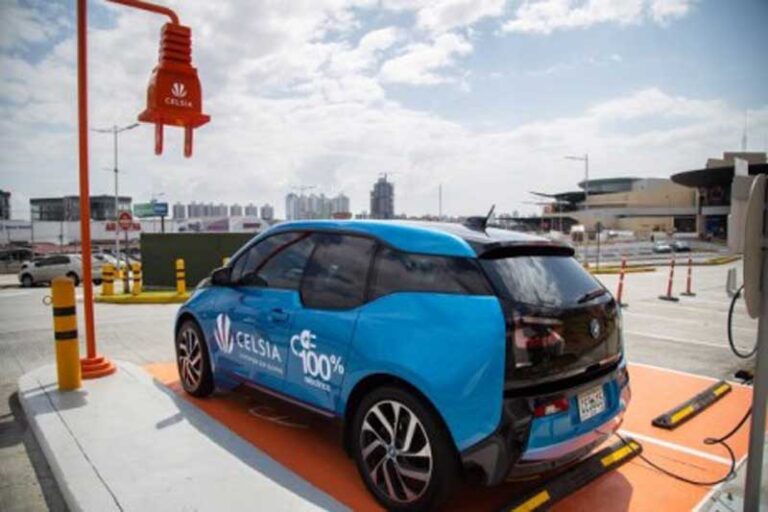According to the report by the National Energy Secretariat (SNE), the recent regulation of a law in this area complies with the United Nations Sustainable Development Goals and the Paris Agreement. Countries such as Colombia and Costa Rica have comprehensive electric mobility laws in force and there are others such as Chile, Argentina, Mexico and Paraguay with initiatives underway for the formulation of similar legal instruments, the SNE added.
SNE head Jorge Rivera explained to the newspaper La Estrella de Panama that the regulation establishes that public institutions must implement a plan to replace their vehicles with electric ones.
The program also covers mass, collective and selective public passenger transportation, under the responsibility of the Transit and Land Transportation Authority.
Electric mobility is part of Panama’s energy transition plan, through which it has adopted the commitment to continue being a country with a green power system, based on the challenge of reducing the use of fossil fuels in its energy matrix.
Rivera also pointed out that in the first six months of 2022, 90 percent of electricity generation in Panama came from renewable energy sources, and by September of last year, 97 percent came from clean sources.
He also recalled that the launch of the green hydrogen derivative strategy, also crucial for the energy transition and the future of transportation, will take place on February 28.
Panama currently produces 11 thousand gigawatts (GW) of energy per year, and by 2030, according to a conservative estimate, it would reach 16 thousand GW and up to 19 thousand in a more optimistic projection.
mh/jav/mem/ga









